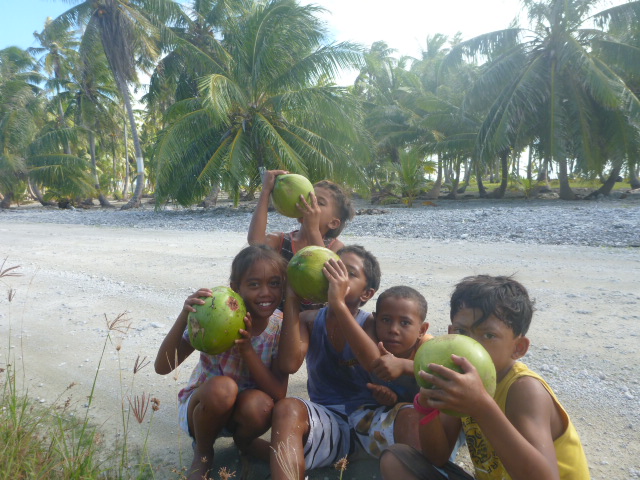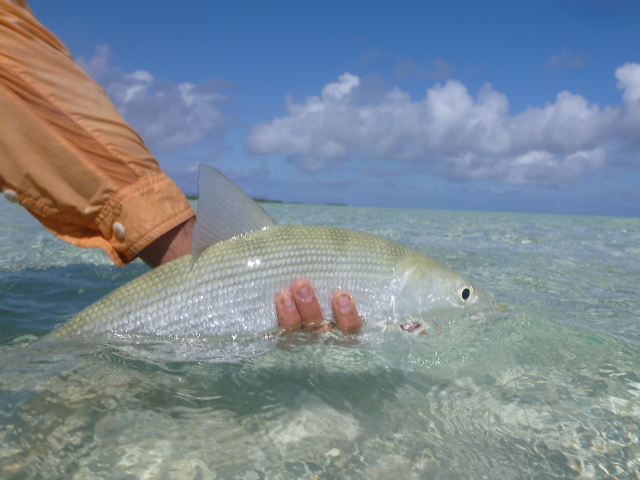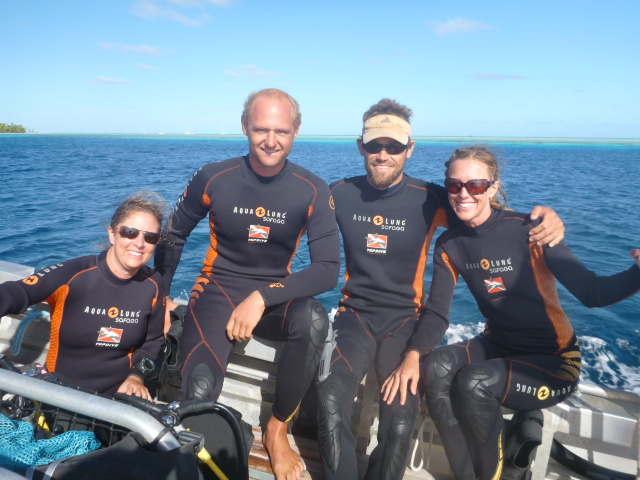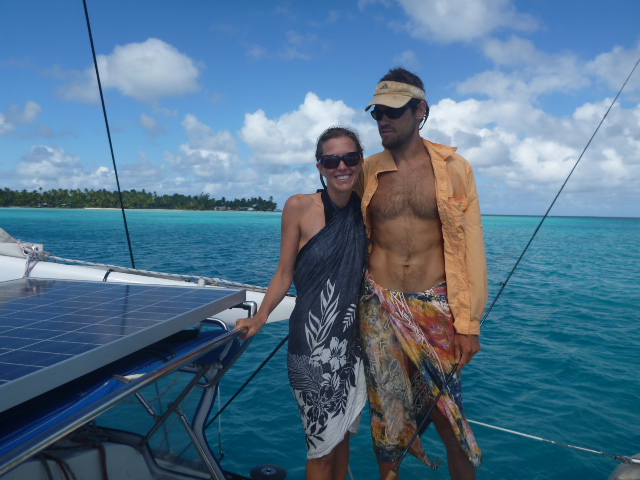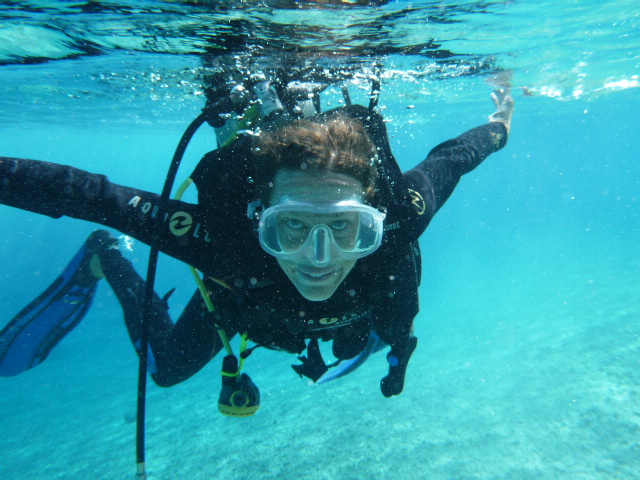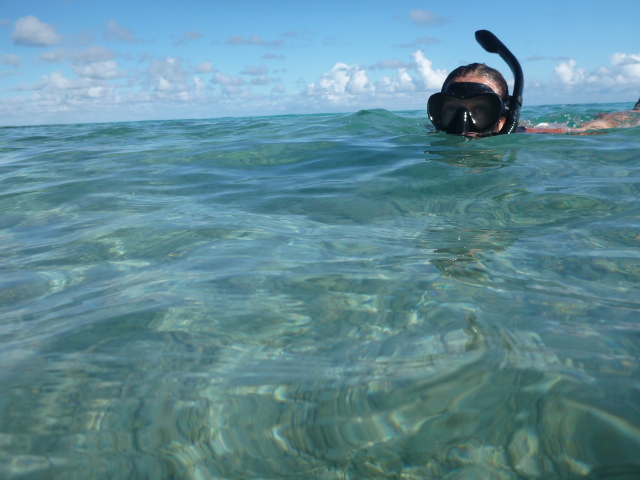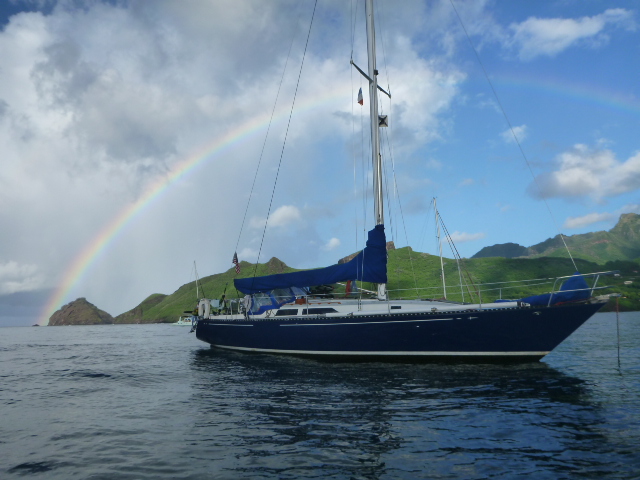I Don’t Speak French – Just “Bike”
I don’t speak French. This makes me unpopular with French people, and makes it tough to get around by myself here in French Polynesia. My husband is trying to teach me the basics as we sail from one island to the next. But my Spanish-soaked brain rebels against silent consonants, and my tongue refuses to form words that start in your throat and exhale through your nose.
Instead, I smile and nod as Rob translates, feeling isolated from the culture around us. After a couple of weeks exploring towns on tropical islands, I was itching to join a conversation all by myself. I wanted to feel connected to the communities we visited. Turns out that all I had to do was replace Rob with a half-dozen kids
… Click here to read the rest of the story!



